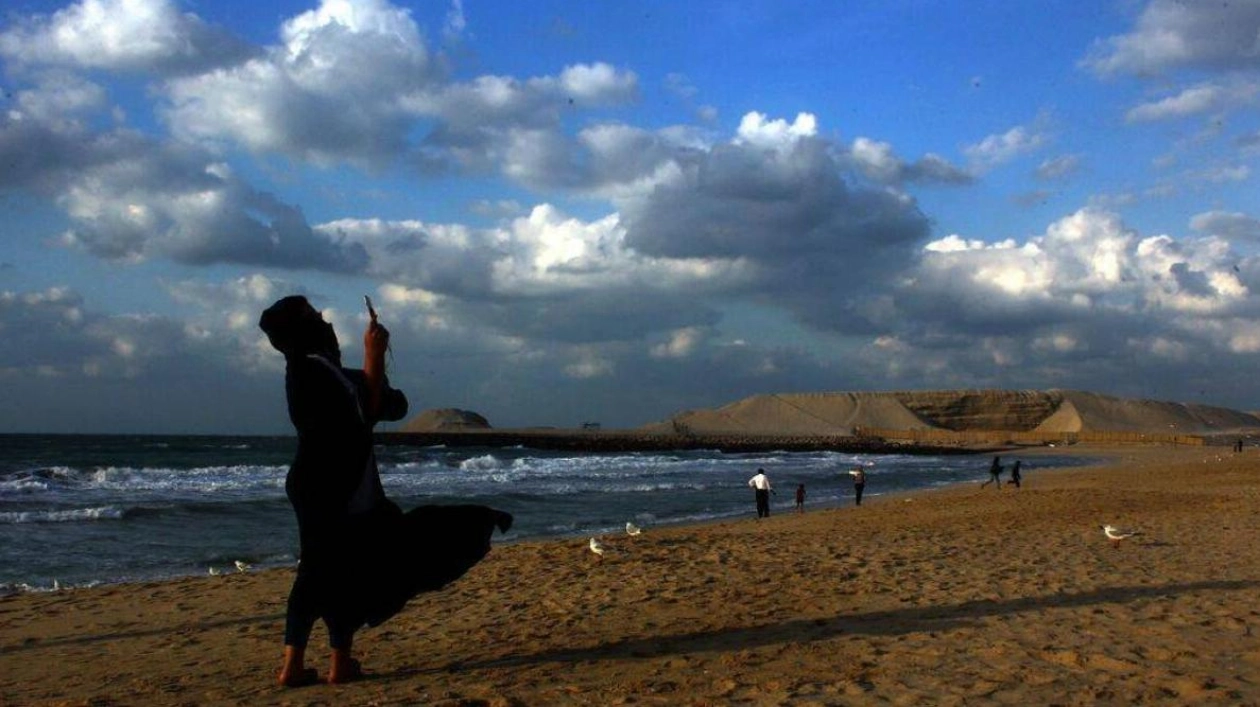As summer nears its conclusion, residents throughout the UAE anticipate the arrival of September, which is projected to be the final month of the season. Nighttime temperatures are anticipated to steadily decline, with an additional decrease expected in the latter part of the month. The autumn equinox, commencing on September 23, signifies when the Sun aligns directly with the equator, resulting in equal distribution of sunlight between the northern and southern hemispheres. In the UAE, the equinox is followed by several days where day and night durations are nearly equal.
During September, the National Centre of Meteorology predicts potential rainfall and thunderstorms in various regions of the country, attributed to the anticipated formation of cumulonimbus clouds in eastern areas. These weather patterns may also affect inland regions, leading to varying intensities of rainfall. Additionally, forecasts indicate the possibility of fresh winds, occasionally accompanied by dust, which may reduce visibility. This phenomenon is linked to the weakening of the Indian monsoon depression and the desert thermal lows over the Arabian Peninsula.
Humidity levels are expected to increase compared to August, particularly in the second half of September. The likelihood of fog and mist formation will also rise in certain areas, with relative humidity reaching 49 percent. The transition out of the peak summer period was signaled by the sighting of the Suhail star on August 24, also referred to as the 'Star of Yemen'. Following this sighting, a 40-day period known as 'Sufriya' commences, during which the weather shifts from extreme heat to cooler temperatures.
By mid-October, the weather is anticipated to stabilize, marking the 'Wasm' period. The onset of the cool winter season is expected 100 days after the Suhail star's appearance.






